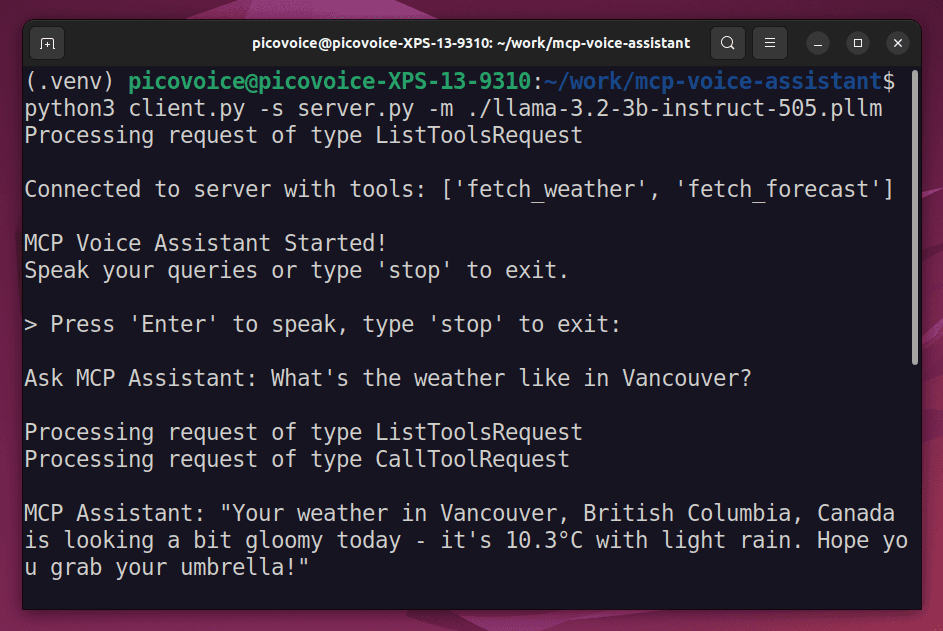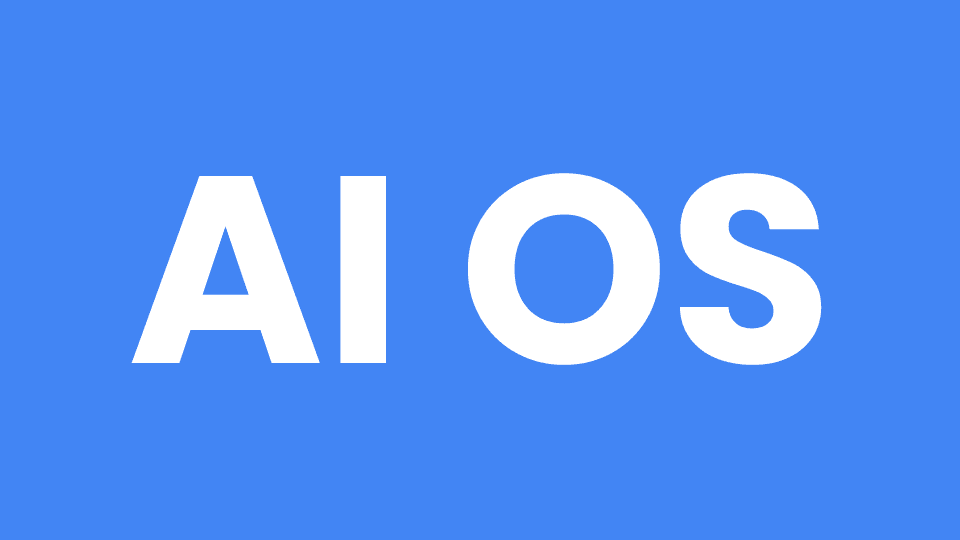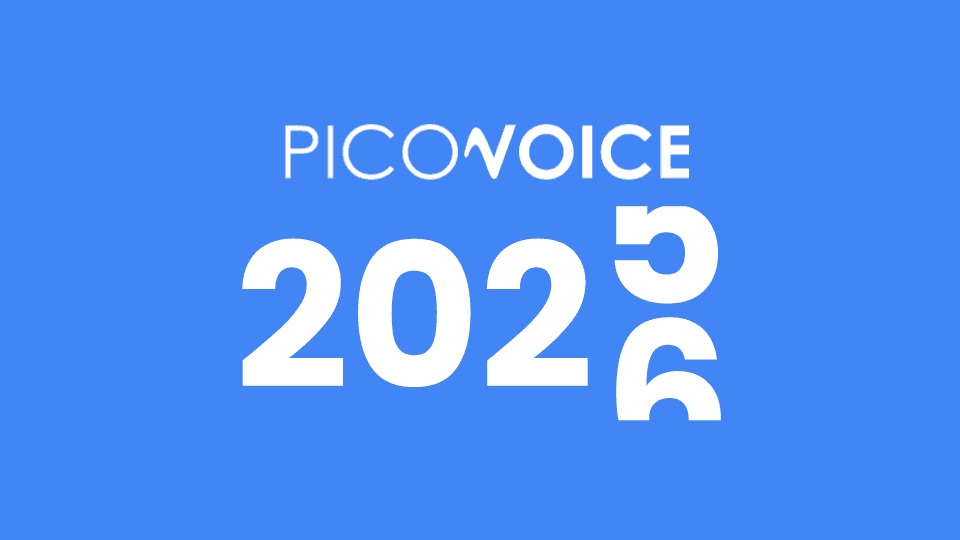Speech Processing refers to the applications of techniques, algorithms, and technologies to analyze speech signals and processing methods. Speech Processing starts with the acquisition of the speech data, and the following stages may include transfer, manipulation, storage, and transfer till the desired output returns. The process, output, and requirements of each Speech Processing technology vary. Even two models of the same Speech Processing technology using neural networks may leverage different techniques.
Examples of Speech Processing
1. Keyword Spotting: Detects and recognizes specific keywords and phrases within spoken language. It identifies and localizes the occurrences of predefined phrases within an audio signal, enabling systems to trigger specific actions or responses based on the presence of those keywords. It’s also known as Wake Word Detection, Trigger Word Spotting, or Hotword Detection.
2. Speech Activity Detection: Distinguishes speech from non-speech or silent segments within an audio stream. It’s an essential pre-processing step in many Speech Processing solutions. Speech Activity Detection is also known as Voice Activity Detection.
3. Speaker Diarization: Identifies who spoke when partitioning an audio stream into homogeneous speech segments according to the identity of each speaker. The most common application of Speaker Diarization is to use it with Speaker Recognition and Speech-to-Text to improve the readability of transcription.
4. Speech Emotion Detection: Recognizes and analyzes emotions and sentiments expressed in speech utilizing acoustic features to classify the emotional content of spoken language. It doesn’t rely on the meaning of the speech. Imagine listening to someone yelling in a foreign language. Despite not knowing what they say, we understand that they’re angry.
5. Speech Enhancement: Improves the quality and intelligibility of speech signals by reducing noise, echoes, and other distortions. The latest, high-quality Speech Enhancement models work well in the presence of both stationary and non-stationary noises.
6. Speaker Recognition: Recognizes, identifies, and verifies individuals based on their unique voice characteristics. It focuses on the patterns in speech rather than the content. Thus, the cutting-edge latest Speaker Recognition models are language-agnostic and text-independent.
7. Speech Synthesis: Generates artificial speech from written text, allowing machines to produce spoken language that imitates human speech patterns. It is also a subset of Generative AI and is known as text-to-speech. Synthesized speech uses concatenating pieces of recorded and fabricated speech.
8. Speech-to-Index: Indexes speech directly without converting it into other forms of data. Speech-to-Index breaks the speech input into sound phonemes and creates a phonetic-based index.
9. Speech-to-Intent: Detects intent from the spoken content directly using jointly optimized Speech-to-text and Natural Language Understanding. Speech-to-Intent is a modern and more accurate alternative to cascaded Spoken Language Understanding.
10. Speech-to-Text: Converts spoken language into written text. Speech-to-text breaks speech input into phonemes, then matches them with the letters, words, or phrases to return a transcript. It can also convert spoken language into text in real time.
Overall, Speech Processing encompasses a range of technologies and methodologies that enable machines to understand human speech and humans to communicate better in virtual settings. While each Speech Processing technology can add value when used standalone, they work in tandem and create sophisticated solutions. Speech Processing opens up possibilities for applications such as meeting transcription, voice command & control, agent coaching, legal e-discovery, speech analytics, and voice inspection. Start building your application with Picovoice’s Free Plan, or leverage our Consulting Services to start building with the right Speech Processing technology.







